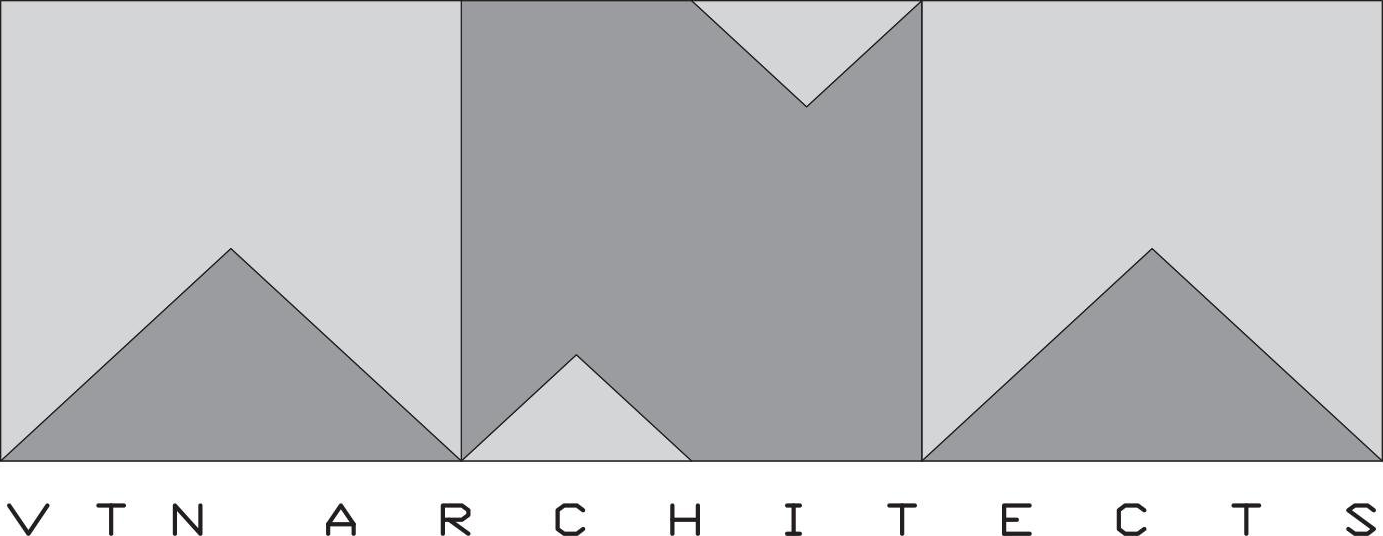Tingxi Restaurant
Tingxi Restaurant
Status:
10/2017
Program:
Restaurant
Location:
Xiamen, China
Site are:
1,150m2
GFA:
480 m2
Principal Architect:
Vo Trong Nghia
Design team:
Hidetoshi Sawa, Nguyen Van Thien, Le Phuong Uyen
Bamboo contractor:
Vo Trong Nghia Architects (VTN Architects)
Client:
Xiamen Jun Hao Real Estate Develope Co.,Ltd
Photographers:
Vo Trong Nghia Architects (VTN Architects)
Ting Xi Bamboo Restaurant is situated in a suburban area, surrounded by a lush forest near the center of Xiamen – a beautiful coastal city in China. The functional requirements primarily consist of a restaurant and a café lounge with 200 seats. In addition to this, the internal space is designed to be a flexible space that can host many different types of events.
Bamboo is the green material of the 21st century due to its excellent CO2 absorbability and rapid growing ability, as well as its characteristic mechanical strength and extreme light weight, which is competitive with other structural materials.
The spatial structure is quite simple and consists of two main components: the first being a bamboo building and the second being a back of house. The bamboo building contains 14 columns with an 8m span between them and is 14m in length the edge of the eaves on one side to the other. The back of house contains the service functions such as WC, kitchen, staff room and storage. All of these programs are contained within a shallow pond that surrounds the building.
The fourteen columns give form to the bamboo building as they dynamically fan out in four directions their base and as a result become impressively thick, forming a void inside.
Since the interior space is required to be air-conditioned, a major challenge was keeping the inherently permeable bamboo structure airtight. The architects solved this by installing arch-shaped glass panels between the columns and the walls. Also, partition walls composed of bamboo layers, rubber sheets, and a thatch finishing were placed within the columns to make them airtight as well.
The gabled roof, which has a maximum height of 6.4m, allows natural light to permeate inside and provides a pleasant atmosphere to this dynamic room. The gently curved interior form lets people experience the layered frame structures, which further the user perception of the depth of the space.
The service area, located adjacent to the bamboo building, is compactly designed so that it sits below bamboo building’s eaves yet still meets the minimum functional requirements in plan.
The bamboo has been treated with a traditional, Vietnamese method in order to naturally reach the high quality and long-term durability that the project demands. This type of treatment can last 30 to up to 50 years. This natural treatment also contributes to the architects sustainable design approach of the project. By using bricks vernacular bricks of the region, the new building will integrate itself well within its context and harmonize with its surroundings.
Dự án khác
01/2021 Casamia Community House 01/2021
10/2020 Vedana Restaurant 10/2020
04/2020 Vocano Island _Restaurant 04/2020
10/2017 Tingxi Restaurant 10/2017
04/2015 Roc Von Restaurant 04/2015
03/2015 Naman Beach Bar 03/2015
03/2015 Naman Hay Hay Restaurant and Bar 03/2015
01/2014 Son La Restaurant 01/2014
07/2013 Kontum Indochine Wedding Restaurant 07/2013
01/2013 Kontum Indochine café 01/2013
01/2008 Wind and Water Bar 01/2008
03/2006 Wind and Water Café 03/2006



















